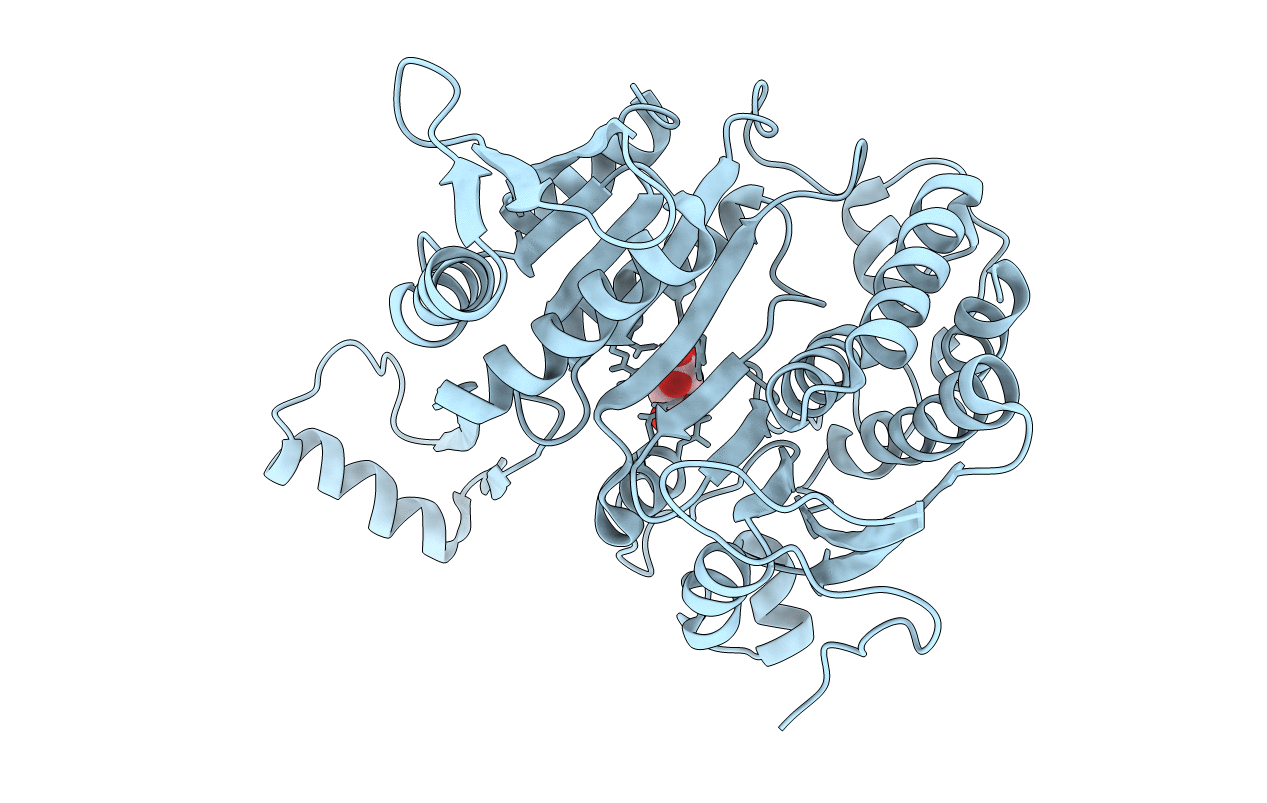
Deposition Date
1993-06-15
Release Date
1994-07-31
Last Version Date
2024-02-07
Entry Detail
PDB ID:
1IKA
Keywords:
Title:
STRUCTURE OF ISOCITRATE DEHYDROGENASE WITH ALPHA-KETOGLUTARATE AT 2.7 ANGSTROMS RESOLUTION: CONFORMATIONAL CHANGES INDUCED BY DECARBOXYLATION OF ISOCITRATE
Biological Source:
Source Organism:
Escherichia coli (Taxon ID: 562)
Method Details:
Experimental Method:
Resolution:
2.70 Å
R-Value Work:
0.18
R-Value Observed:
0.18
Space Group:
P 43 21 2


